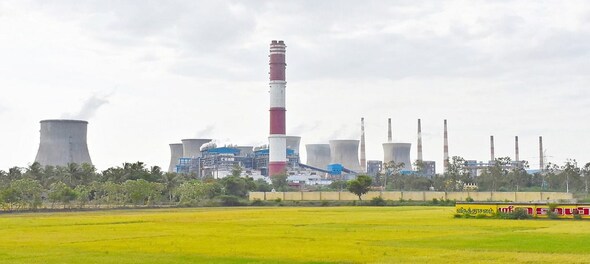
On 22 May 2018, the Ministry of Power (MoP) introduced draft amendments in the Electricity Rules 2005 (Rules) related to Captive Generating Plants (CGP), and sought comments from stakeholders by 6 June 2018. Earlier, the MoP in October 2016 had proposed similar amendments, which however did not come into effect.
The latest amendments, as and when notified, will be applicable to all existing CGPs and power plants seeking CGP status in the future.
The CGP model has been very popular in India since its introduction. Under the current Rules, for a power plant to be classified as a CGP, at least 26% of its ownership is required to be held by the captive user(s) and at least 51% of its aggregate total electricity generation for each FY is required to be consumed by captive users.
The primary benefit of CGPs are exemption of cross-subsidy charges that are levied on inter-state sale of electricity and, for industries to have a long-term supply of electricity at efficient rates.
In recent years, multiple investment structures have been utilized by interested parties for owning and operating CGPs. The October 2016 amendments delved upon certain investment structures where ‘ownership’ test compliance was linked to number of shares of small face value which did not represent the monetary share of the capital of the plant. On this account, amendments to the CGP Rules have been on the anvil for a while.
A key clarification introduced is in relation to the ‘ownership’ of CGPs (which will be effective from 1 April 2019), where ownership is proposed to be determined basis value of equity capital along with voting rights, and not merely on share numbers.
A normative debt to equity ratio of 70:30 for each CGP is also proposed to assess the actual investment of captive users. Considering these tests will be applicable to existing CGPs, it needs to be seen how certain existing CGPs, with alternate structures on capitalization, especially ones which are commissioned and where project capital and equity have been deployed will rework their equity and shareholding structure by 1 April 2019.
A major change from the existing regime is that the proportion of consumption of electricity by captive users in relation to their shareholding in the CGP will not just be linked to 51% of the power consumption, but to 100% of the power consumed by the captive users within a variation of upto 15%, and in case of solar and wind power plants, of upto 30% (if specifically permitted).
Thus, electricity consumed over and above 51% will also be determined in proportion to the share in ownership in the CGP by the captive consumer.
The proposed changes provide that the inter-se shareholding pattern of captive users in a group CGP can be changed upto a maximum of two times in each FY. This will impact the captive users’ freedom to terminate their power purchase from the CGP, as well as effect temporary shortages in consumption and outages due to maintenance.
For such events, currently the shareholding among captive users is often rejigged. Shareholding in relation to non-captive users however can be changed any time.
The amendments propose that any power plant setup as an Independent Power Projects (IPP) shall not be considered for the benefits available to a CGP after commencement of the amended Rules except under certain limited circumstances. IPPs have in the past sought to be recast as CGPs for lack of long-term power purchase agreements (PPA) or low tariffs.
However, it is not clear if power plants originally set up as IPPs, but later converted to CGPs (pre-notification of the amendments) will be considered as a CGP under the new Rules unless specifically permitted by the appropriate commission.
While many CGPs have been functioning without any certification from authorities, the draft amendments provide that the appropriate commission shall certify a power plant as a CGP, based on annual statement of generation and consumption and other details.
Some of the changes including, restrictions in change in shareholding of captive users, status of existing IPPs recast as CGPs and ownership compliance requirements for existing CGPs are likely to receive criticism and objections from power producers and captive users.
Having said that, the proposed amendments also recommend some welcome changes, including in relation to annual certification and ‘ownership’ of CGPs.
Akhil Bhatnagar (Partner, Khaitan & Co) and Abhimanyu Ghosh (Associate Partner, Khaitan & Co)



